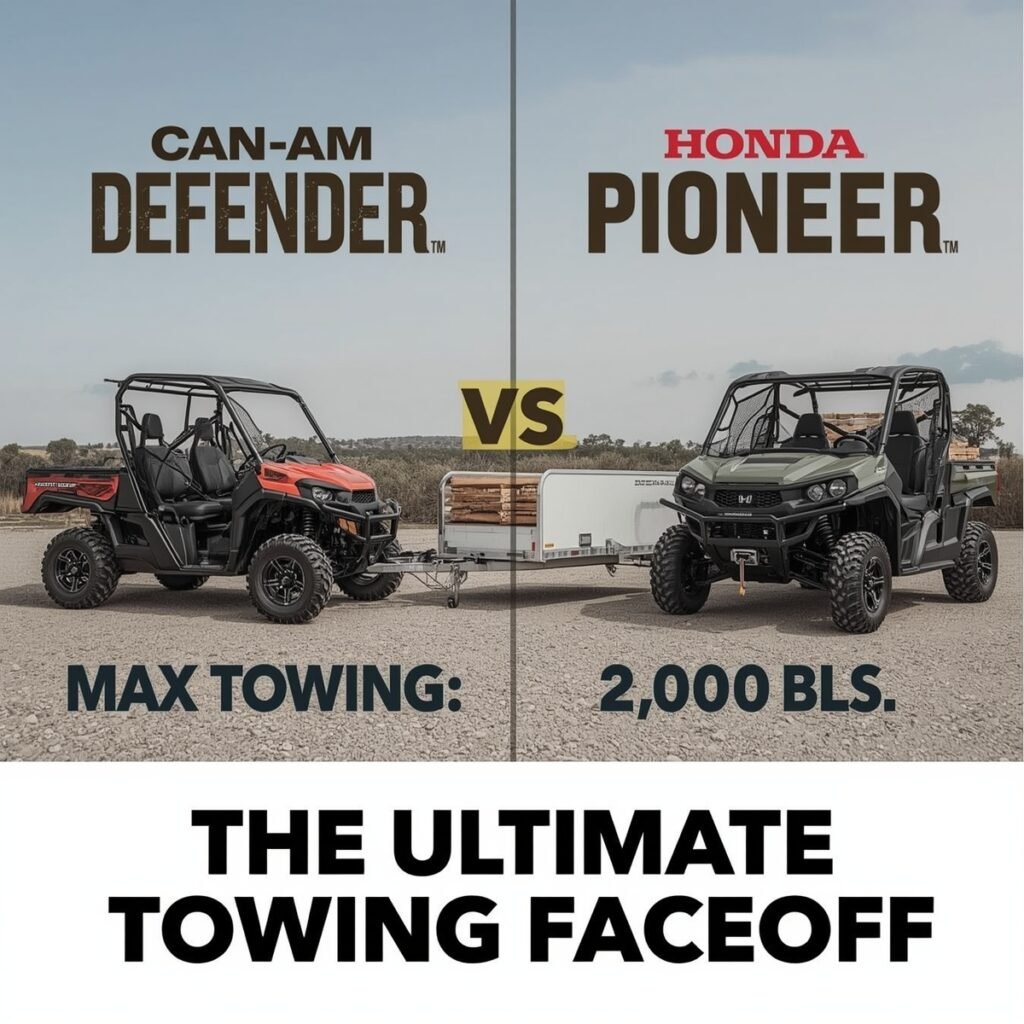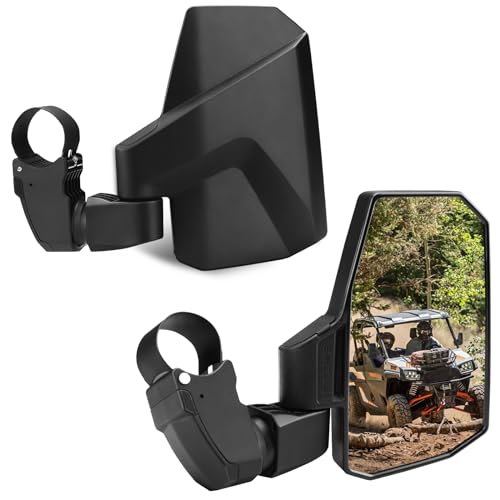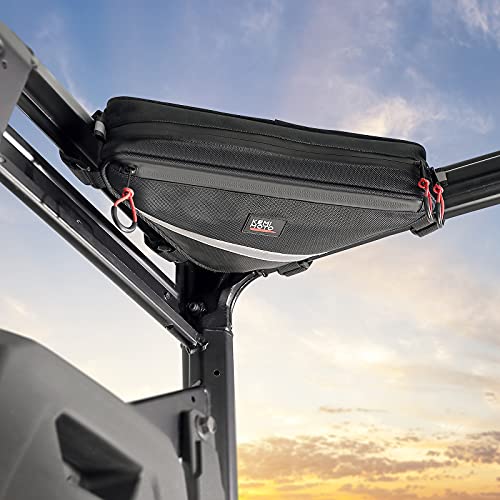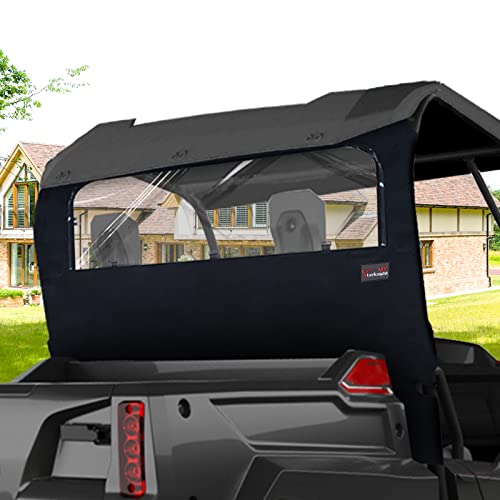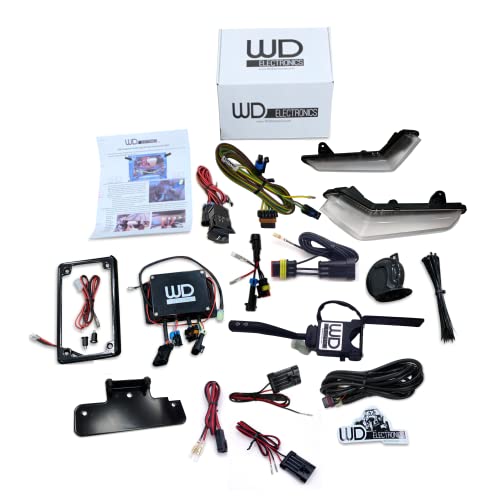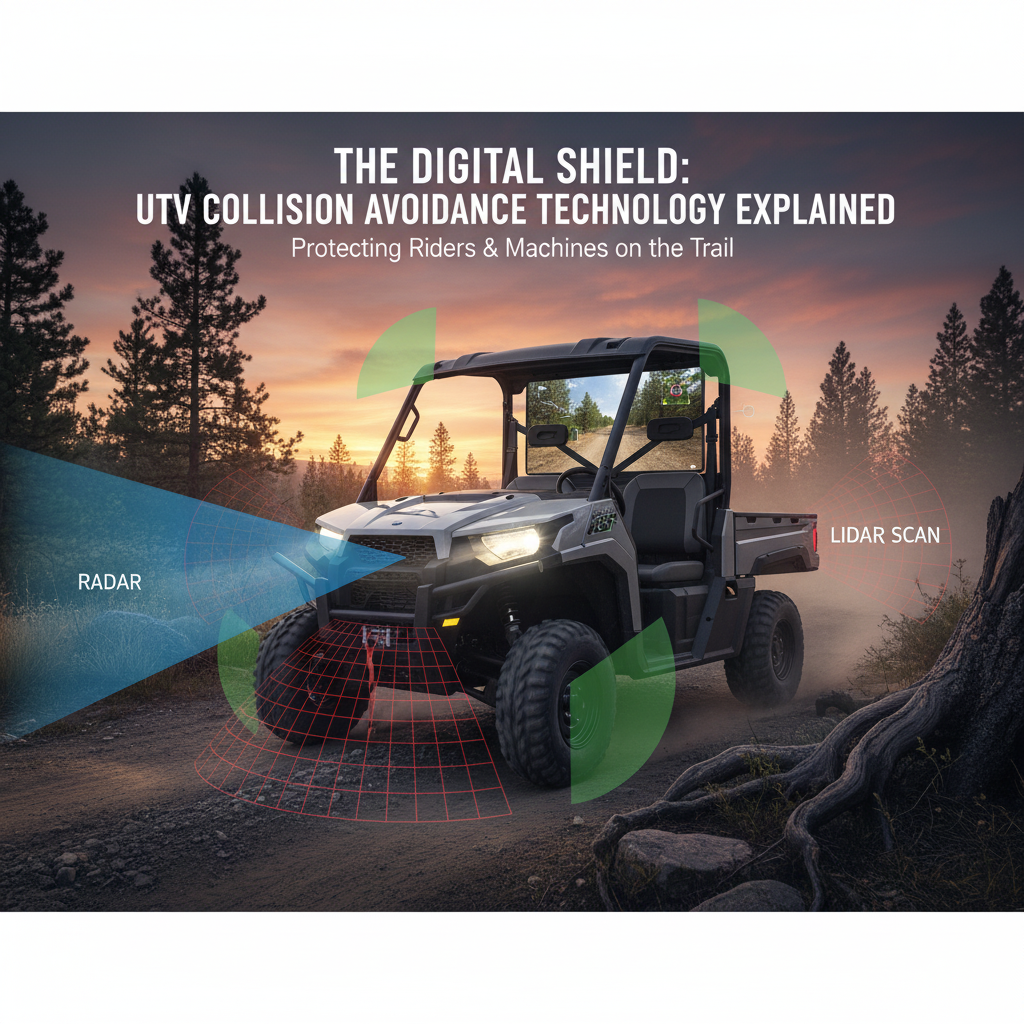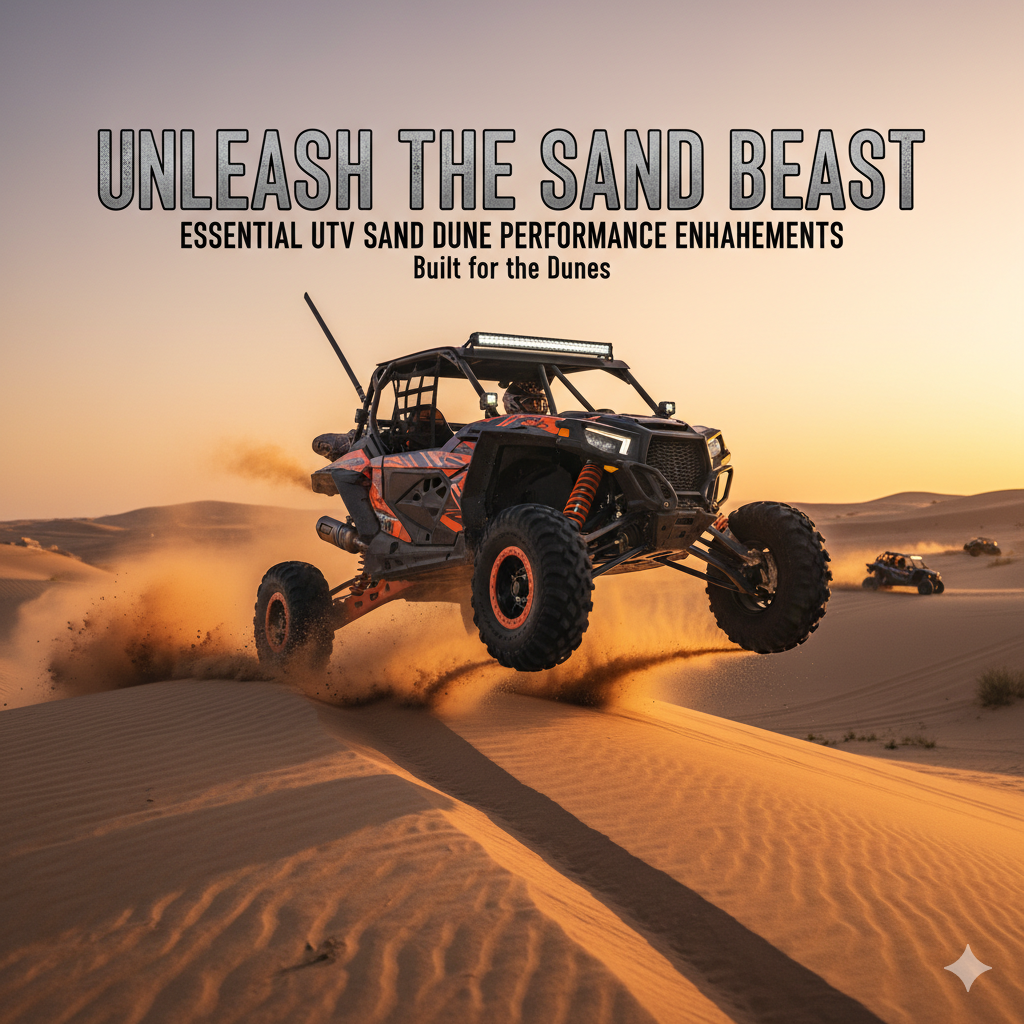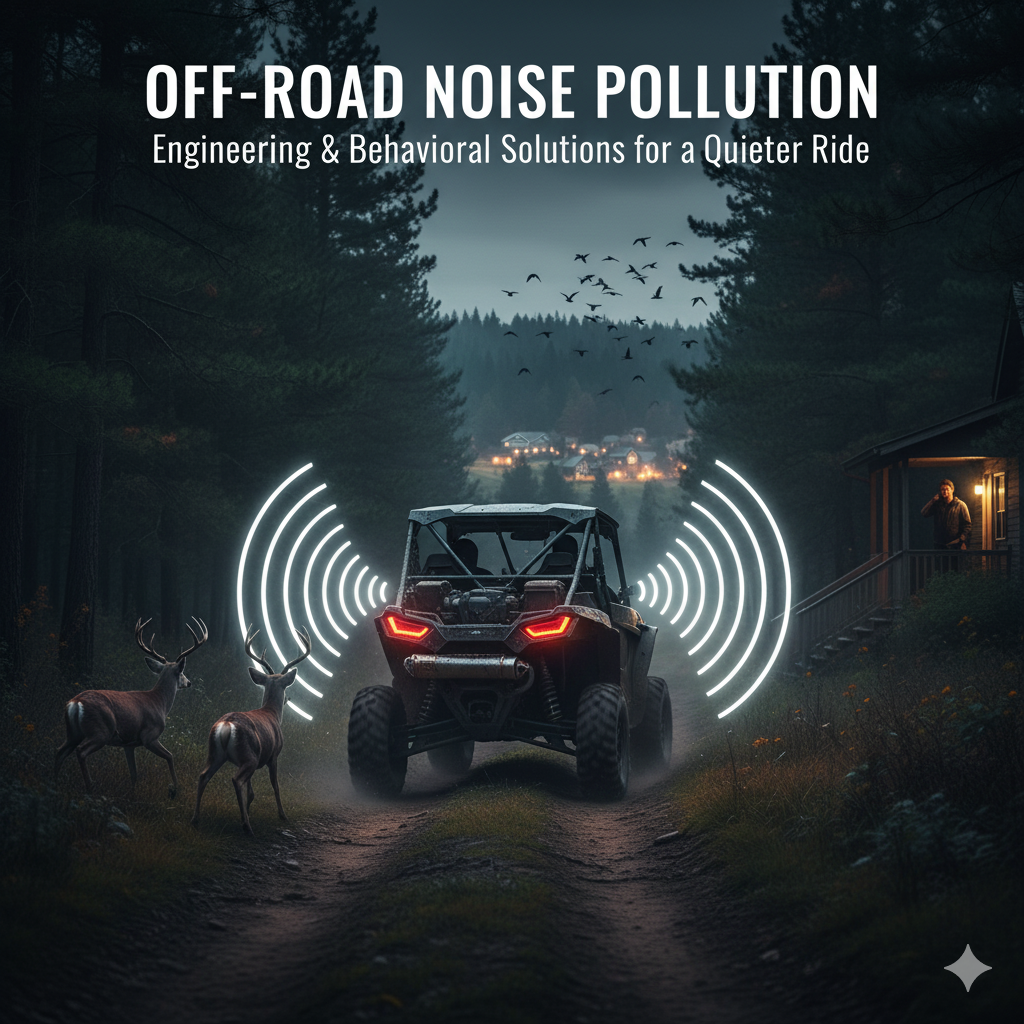For many UTV owners, the ability to tow is just as important as off-road prowess.
Whether you’re hauling logs, moving equipment around the farm, or pulling a trailer full of hunting gear, a UTV’s towing capability can make or break its utility.
Two of the most popular and highly regarded utility side-by-sides on the market are the Can-Am Defender and the Honda Pioneer.
Both are built tough, but when it comes to putting them to work, which one truly excels in a towing faceoff?
As someone who relies on my UTV for both work and play, I understand the importance of a machine that can handle the heavy lifting without breaking a sweat.
In this comprehensive blog post, we’ll put the Can-Am Defender vs. Honda Pioneer head-to-head in a towing faceoff.
We’ll dive deep into their specifications, comparing their towing capacities, engine performance, transmission systems, and the suspension and braking capabilities that are crucial for safe and efficient hauling.
My goal is to provide you with a detailed analysis to help you determine which UTV is the better workhorse for your specific towing needs.
Let’s hook up and see which one pulls ahead!
Towing Capacity: The Numbers Game
The most straightforward metric for comparing towing prowess is the stated towing capacity.
Both the Can-Am Defender and the Honda Pioneer are designed to be serious work machines, and their towing figures reflect that.
Can-Am Defender
Can-Am Defender models generally boast impressive towing capacities, with many models offering up to 2,500 lbs (1,134 kg).
The Defender 6×6, a specialized variant, even pushes this limit further to an industry-leading 3,000 lbs (1,360 kg).
This high capacity makes the Defender a formidable choice for those regularly moving heavy loads.
Honda Pioneer
Honda Pioneer models also offer a robust towing capability.
The popular Pioneer 1000 series (including the 1000-5) matches the standard Defender with a towing capacity of 2,500 lbs (1,134 kg).
The smaller Pioneer 700 models are no slouch either, offering a respectable 1,500 lbs (680 kg) towing capacity.
While the Pioneer doesn’t have a direct equivalent to the Defender 6×6’s extreme capacity, its standard offerings are highly competitive.
Real-World Considerations:
-
- Payload vs. Towing: Remember that towing capacity is separate from payload capacity (what the bed can carry). Both UTVs also have substantial payload capacities, which contribute to their overall utility.
- Hitch Type: Both UTVs typically come with a standard 2-inch receiver hitch, allowing for a wide range of towing accessories and trailers.
- Exceeding Limits: While these numbers are impressive, it’s crucial never to exceed the manufacturer’s stated towing or payload capacities. Doing so can compromise safety, damage the vehicle, and void warranties.
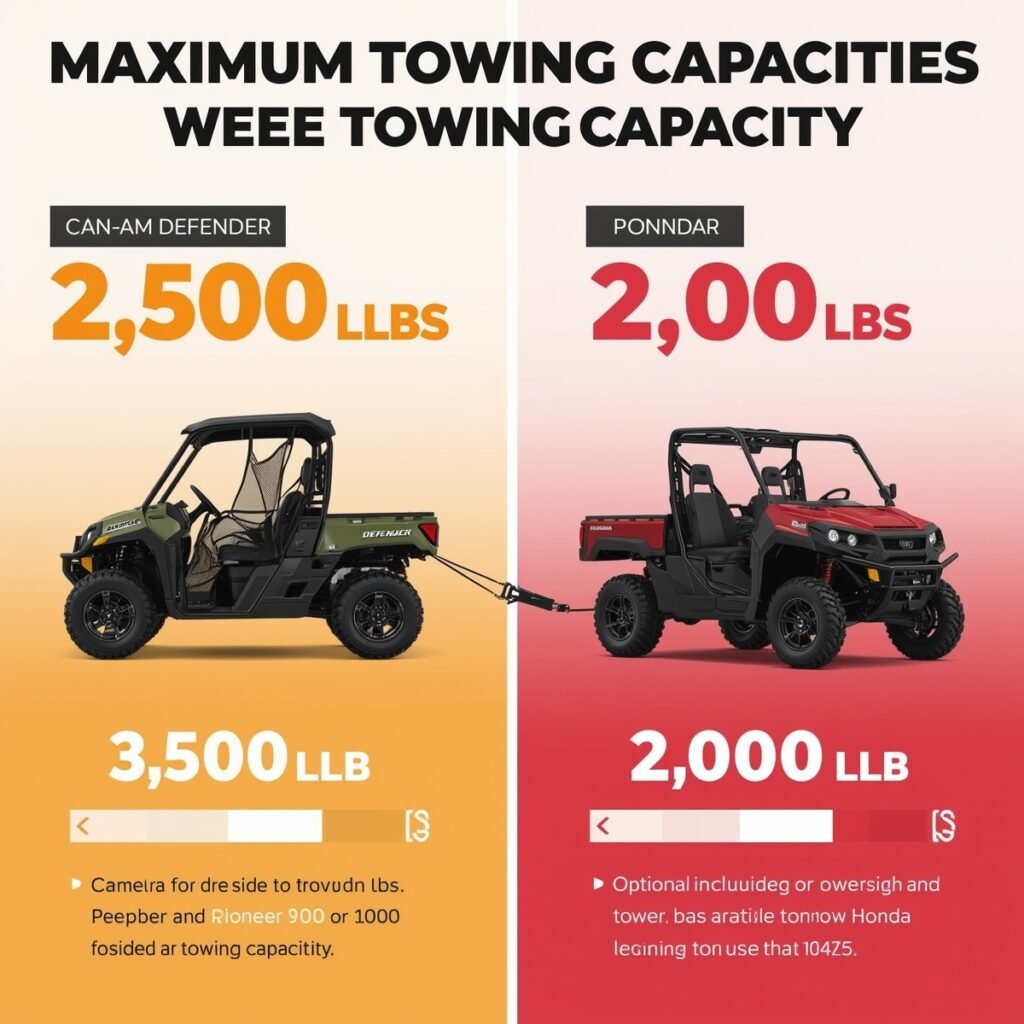
Engine and Transmission: The Power Behind the Pull
Beyond raw towing numbers, the engine and transmission are critical to how effectively and comfortably a UTV can tow.
They dictate power delivery, smoothness, and durability under load.
Can-Am Defender: Rotax Power and PRO-TORQ CVT
The Can-Am Defender lineup is powered by Rotax engines, known for their robust performance and torque.
The most common engines for towing are the HD9 (976cc, V-twin) and HD10 (976cc, V-twin), offering strong horsepower and torque figures that are well-suited for pulling heavy loads.
-
- Engine: The Rotax V-twin engines deliver ample low-end torque, which is essential for getting heavy loads moving and maintaining speed on inclines. They are designed for utility and work, providing consistent power.
- Transmission: Can-Am Defenders utilize a PRO-TORQ CVT (Continuously Variable Transmission) system. This transmission is designed to deliver power smoothly and efficiently, with optimized airflow and electronic belt protection to handle the stresses of heavy towing. The CVT allows the engine to stay in its optimal power band, which is beneficial when pulling.
Honda Pioneer: Unicam Engine and Dual-Clutch Transmission (DCT)
Honda Pioneers are powered by Unicam engines, known for their compact design and reliability.
The Pioneer 1000 models feature a 999cc parallel-twin engine, while the Pioneer 700 has a 675cc single-cylinder engine.
Honda’s transmission choice is a significant differentiator.
-
- Engine: Honda’s engines provide strong, linear power delivery. The 999cc engine in the Pioneer 1000 offers excellent torque for its class, making it very capable for towing tasks. The 675cc in the Pioneer 700 is also a strong performer for its size.
- Transmission: This is where Honda stands out. The Pioneer 1000 models feature a 6-speed automatic Dual-Clutch Transmission (DCT). This is a geared transmission, similar to what you’d find in some sports cars, offering direct, positive engagement with no belt slippage. For towing, the DCT provides excellent engine braking, precise control, and a very direct feel, which many users prefer when maneuvering heavy trailers. The Pioneer 700 uses a conventional automatic transmission with a torque converter.
Real-World Considerations:
-
- CVT vs. DCT: The choice between a CVT (Defender) and a DCT (Pioneer 1000) often comes down to personal preference for towing. CVTs are smooth and keep the engine in its power band, but some users worry about belt wear under extreme loads. DCTs offer direct power transfer and strong engine braking, which is a huge advantage when descending with a heavy load.
- Engine Braking: Both UTVs offer engine braking, but the Honda Pioneer 1000’s DCT provides particularly strong and controlled engine braking, which is a significant safety and control advantage when towing on steep terrain.

Suspension and Braking: Handling the Load
Effective towing isn’t just about pulling power; it’s also about how well the UTV handles the added weight, especially when stopping or traversing uneven terrain.
The suspension and braking systems play a crucial role in maintaining stability, control, and safety when towing.
Can-Am Defender: Robust Suspension and Braking
Can-Am Defenders are equipped with robust suspension systems designed to handle heavy loads and rough terrain.
They typically feature independent front and rear suspension, providing a comfortable ride and good ground clearance.
-
- Suspension: The Defender’s suspension is built to absorb impacts and maintain stability, even with a loaded bed or trailer. Models often come with heavy-duty components and adjustable shocks, allowing owners to fine-tune the ride for different loads and conditions. The long travel suspension helps keep all four wheels on the ground, improving traction and control.
- Braking: Defenders utilize powerful hydraulic disc brakes on all four wheels, providing strong stopping power. Many models also feature an engine braking system (EBS) that works with the CVT to assist in slowing down, which is beneficial when descending hills with a heavy trailer.
Honda Pioneer: Balanced Suspension and Reliable Braking
Honda Pioneers also feature well-engineered suspension and braking systems that contribute to their towing capabilities.
Honda’s focus on balance and predictable handling is evident in their design.
-
- Suspension: Pioneer models come with independent front and rear suspension, offering a smooth ride and good articulation. While perhaps not as long-travel as some sport-oriented UTVs, the Pioneer’s suspension is tuned for utility and comfort under load. The self-leveling rear suspension available on some models (like the Pioneer 1000-5) is a significant advantage for towing, as it helps maintain proper ride height and stability when carrying heavy loads or pulling a trailer.
- Braking: Honda Pioneers are equipped with reliable hydraulic disc brakes on all four wheels, providing confident stopping power. As mentioned earlier, the Pioneer 1000’s DCT offers exceptional engine braking, which is a major asset for controlling speed and maintaining stability, especially on steep descents with a heavy trailer. This reduces reliance on the friction brakes, extending their life and preventing fade.
Real-World Considerations:
-
- Self-Leveling Suspension: For those frequently towing or carrying heavy loads, the self-leveling suspension found on some Pioneer models can be a game-changer, preventing sag and improving handling.
- Brake Fade: When towing heavy loads, especially downhill, brake fade can be a concern. The strong engine braking of the Honda Pioneer 1000’s DCT helps mitigate this, providing an extra layer of safety and control.
- Tire Choice: The type of tires you run can also impact towing performance, particularly traction and stability. Heavy-duty, 6-ply or 8-ply tires are often recommend for UTVs use for significant towing.
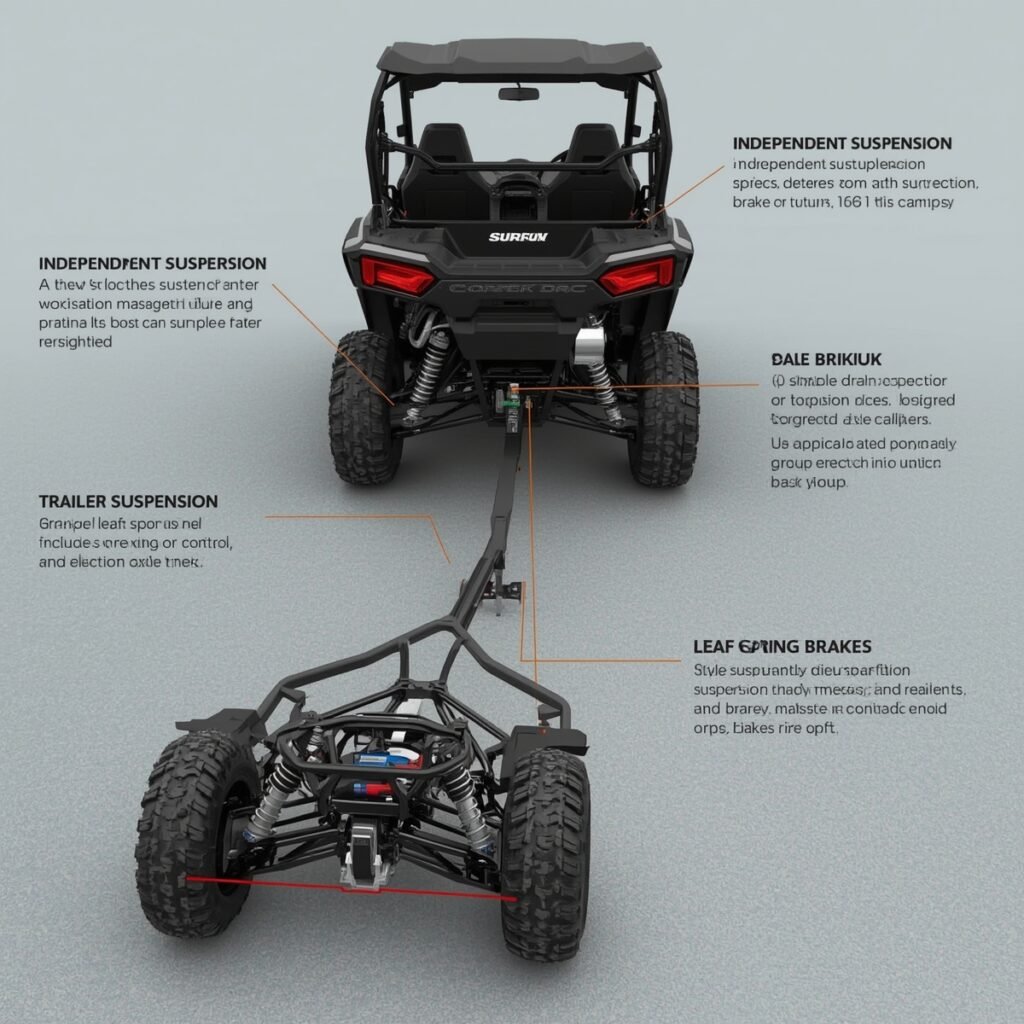
Conclusion: The Towing Champion for Your Needs
In the Can-Am Defender vs. Honda Pioneer: Towing Faceoff, both UTVs prove to be incredibly capable workhorses, each with their own strengths.
The choice ultimately comes down to your specific towing needs, preferences, and priorities.
-
- Choose the Can-Am Defender if: You need the absolute highest towing capacity (especially with the 6×6 model), appreciate the smooth power delivery of a well-tuned CVT, and value a wide range of available features and customization options. Its robust Rotax engines and PRO-TORQ CVT are built for consistent heavy work.
-
- Choose the Honda Pioneer if: You prioritize Honda’s legendary reliability, appreciate the direct and controlled feel of a geared DCT transmission (especially for engine braking on descents), and value the potential for self-leveling suspension on some models. The Pioneer offers a balanced approach to utility and comfort.
Both machines offer impressive towing capabilities, but their approaches differ.
The Defender often pushes the boundaries of raw capacity and features,
while the Pioneer emphasizes Honda’s proven durability and the unique advantages of its DCT.
Whichever you choose,
investing in a UTV that meets your towing demands will significantly enhance your productivity and enjoyment on the trails or around the property.
Happy hauling!

